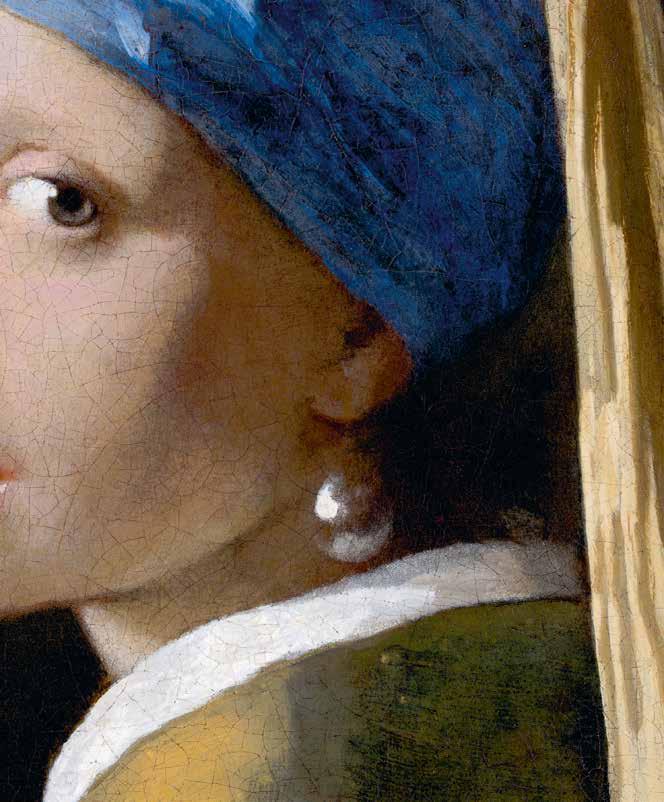
Wooded Landscape with Hunters and Fortune Teller

That group of people by the lightning-struck tree: are they heading for the safety of the houses in the valley, or will they turn off down the dark path beneath the oak trees? As soon I saw this painting by twenty-three-year-old Abraham Govaerts, my thoughts turned to a journey that I made — four hundred years later — through the eastern highlands of the Democratic Republic of Congo, following in the footsteps of a rebel who was born there.
It was quite a dangerous journey but, just like the figures in Govaerts’s painting, I had no choice: it was one I had to make. The rebel had blood on his hands; I wanted to go back to his younger years, to a time when he was still innocent.
I flew to the main town of Minembwe in an sc.7 Skyvan and began my journey from there, on foot through the biblical landscape. I was travelling with David, a young guide who had been assigned to me by the serving colonel, and a changing group of porters. Civilian militias roamed the hills, they took their name Maji Maji (Water Water) from the myth that bullets bounced off them like water. We stayed close to the market-stall holders who travelled from village to village, their wares on their backs, singing to keep up their courage.
The people in the highlands live in round huts and cook inside on open wood fires. White smoke streamed from the straw roofs; from a distance the huts looked just like pots of stew. In the evenings, we sat by the fire and listened to stories about unlucky trekkers who had succumbed to malaria or been robbed by the Maji Maji and left for dead in the woods.
Just like Govaerts’s travellers, we always stopped when we came across groups walking in the opposite direction and asked each other about what we had experienced on the road so far, what we had each seen and heard. After which, somewhat reassured, we continued our journey through the sinister landscape.



I want to be a man who takes his wife home. Who pushes her wheelchair out of the hospital and turns her in the car park so her face is in the sun; a man who clicks the Maxi-Cosi into the car.
I want to be a man who drives his wife home. We will never be truly alone again, she says: I want to be a man who reassures his wife.
I want to be a man who carries his wife and child inside, over the threshold of a house with a back garden, a house with a front garden; a house he built himself.
Or the furniture at least.
Yes, I made the tables and chairs myself, I found the trees uprooted in the forest after the storm and I dragged them to the workshop with my bare hands. I spent weeks there, sanding the rough trunks to planks, as you sat inside darning socks, warm by the fire. I’m not at all the sort of man who thinks that’s women’s work. But we divide the tasks by skill and in the end that’s woodwork for me and sock darning for her. Though perhaps, probably, we do things together too. I want to be a man who helps her peel the potatoes.
I want to be a man who has a house. With a door that you can lock, a separate room to sleep in and a wife who doesn’t lie awake at night. Who isn’t afraid of other men with no houses, men who will wait for darkness to fall and who will take our phones; grab the things from under our pillows, so that soon we’ll find ourselves left without photos from today.
The Flight into Egypt

c. 1615-1617
(1570-1637)
peter paul rubens


